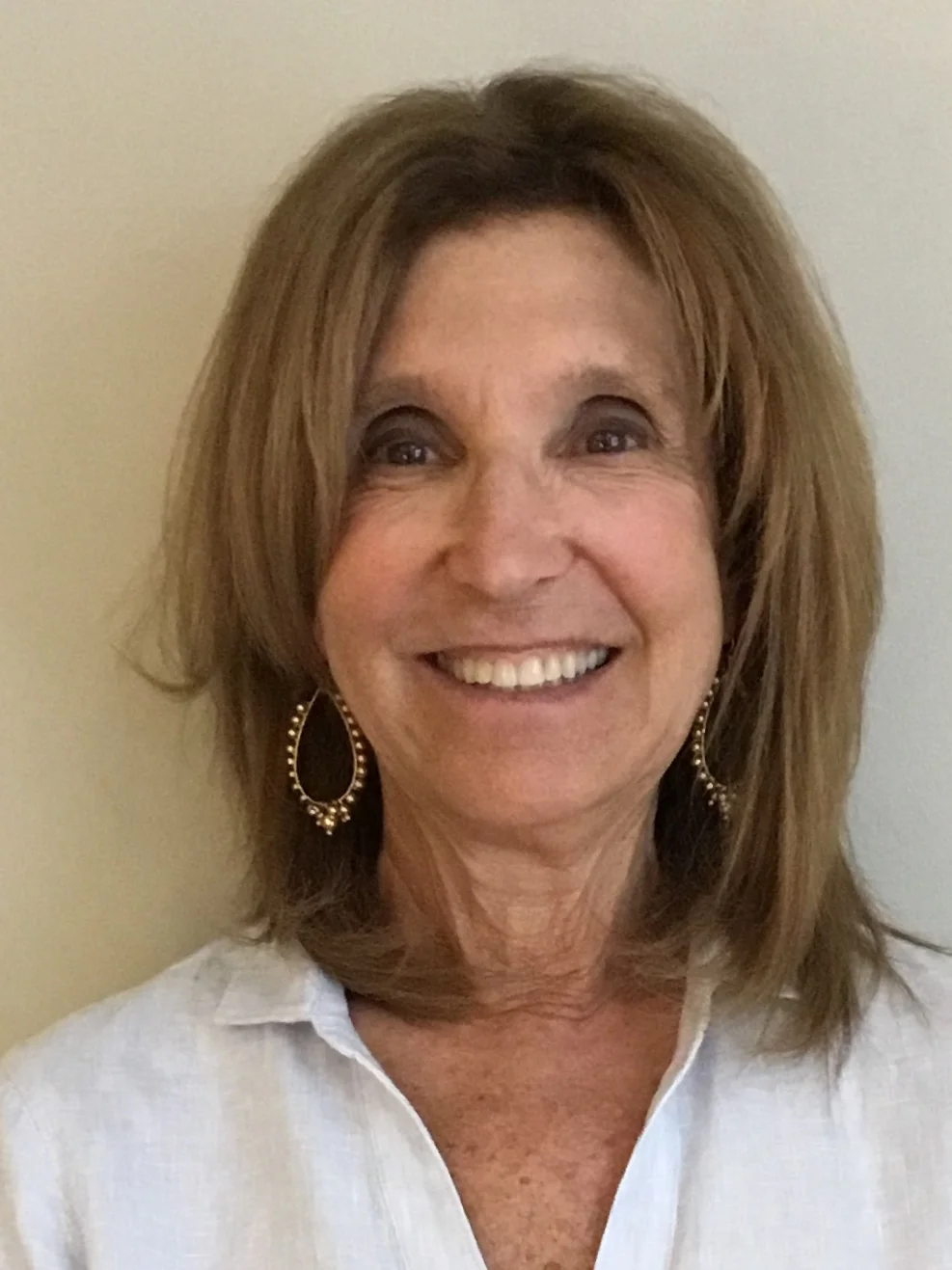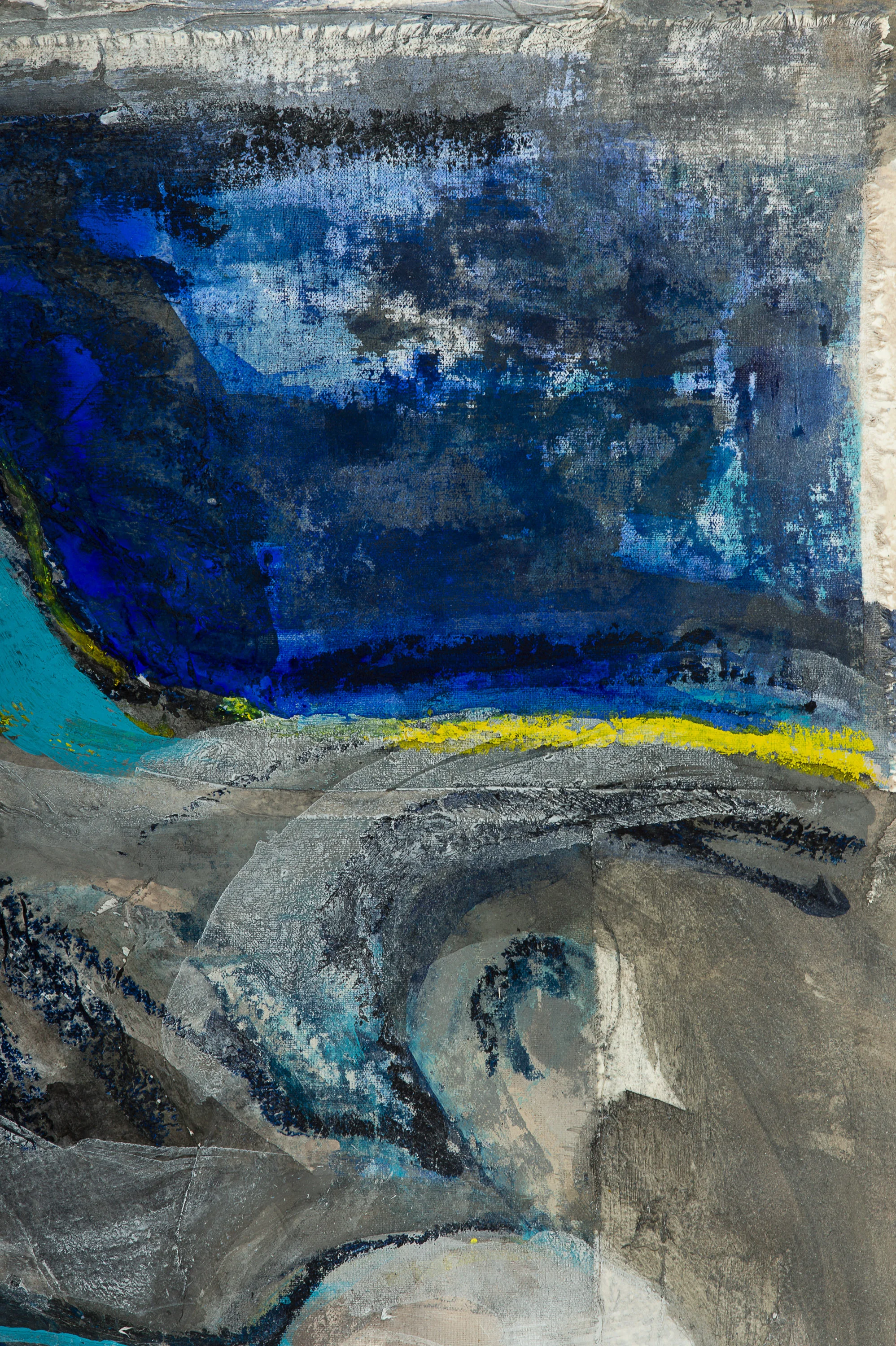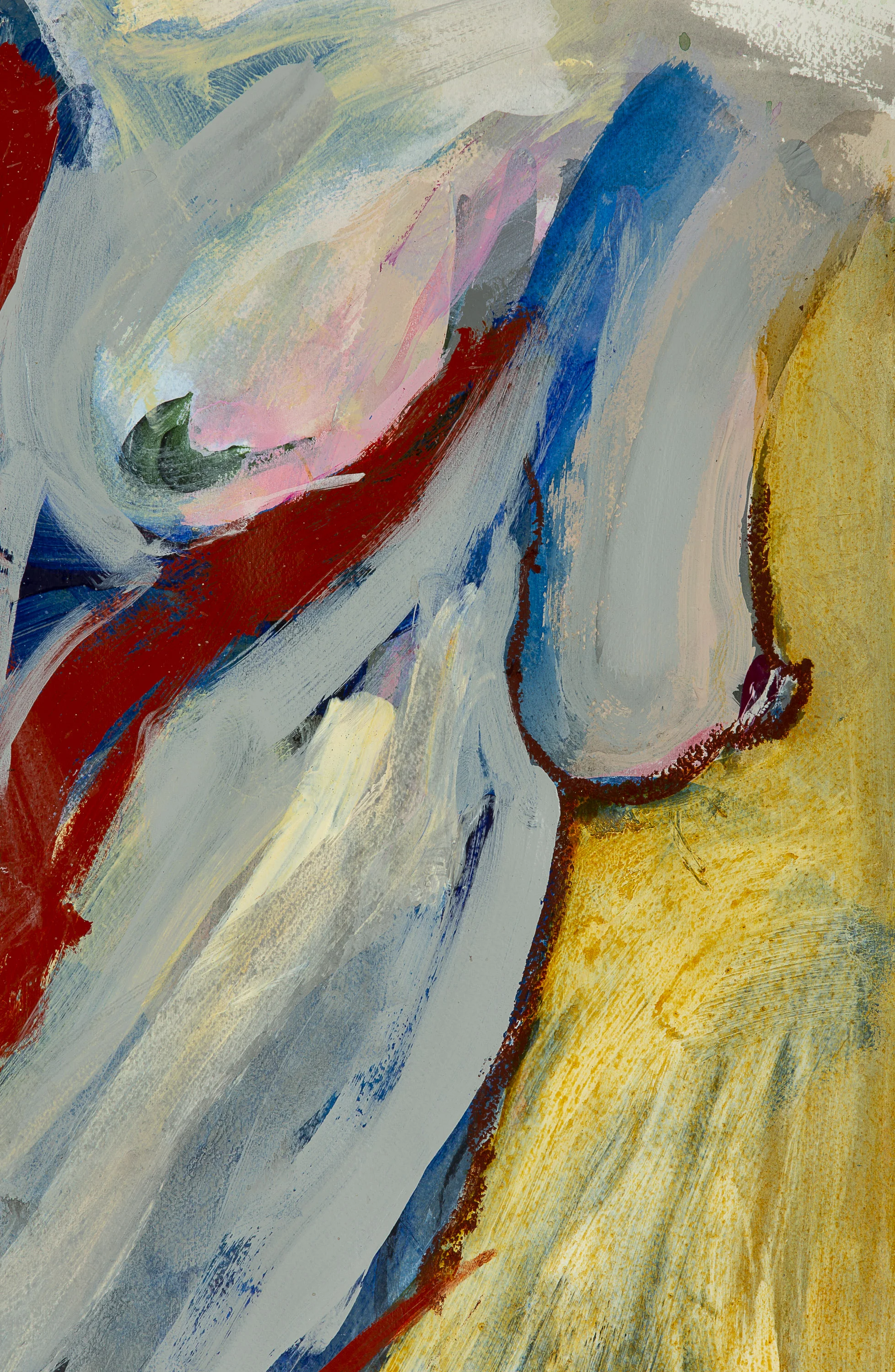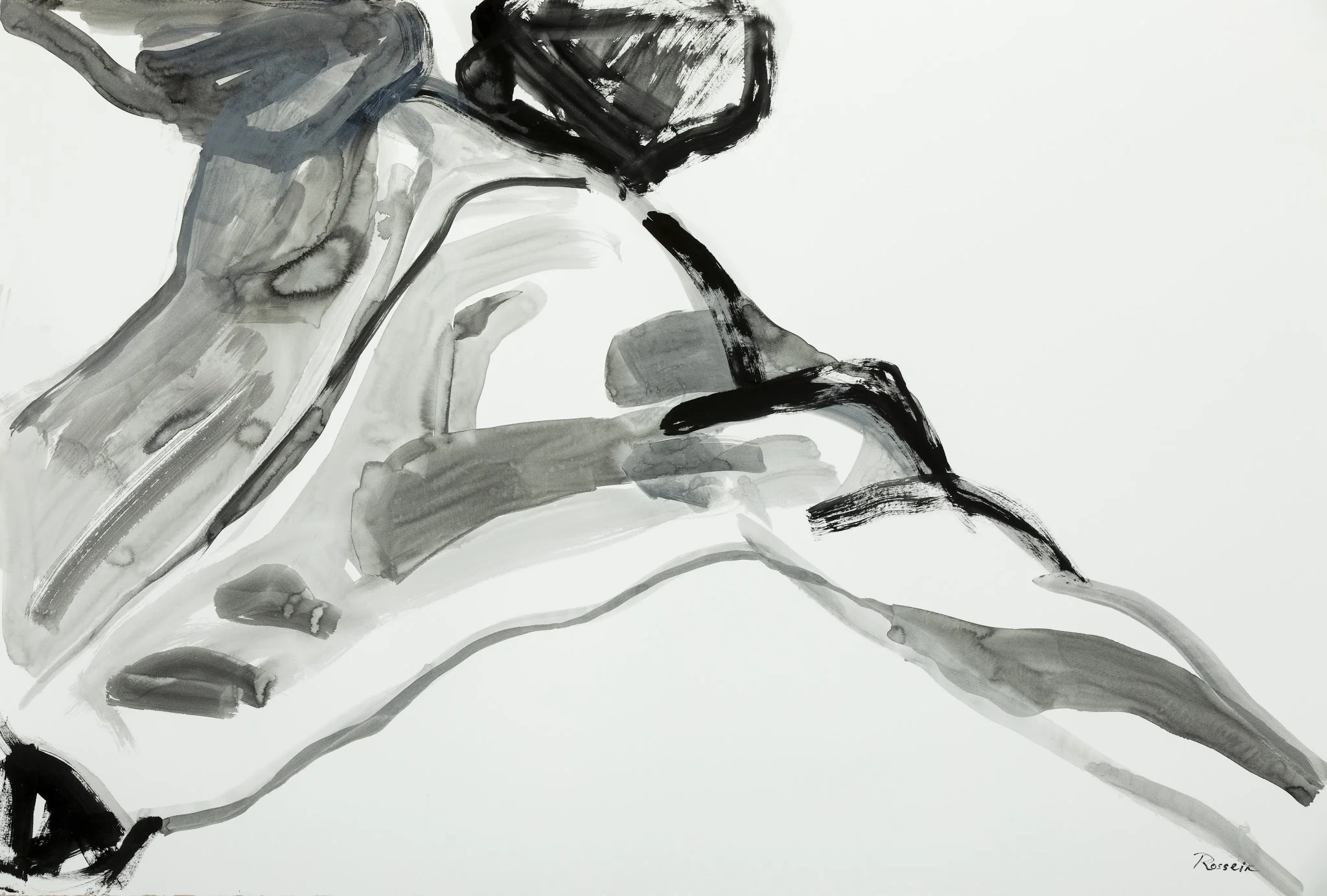Interview with Katha Rossein
Katha Rossein | United States
" I have spent my life creating safe spaces for patients to reveal themselves...In turn, painting has given me that safe space to reveal myself"
The body is my medium- I see/feel/know the body as something that gives me inspiration. As a physician and artist it is the language with which I am most comfortable.Studying Fine Arts at NYU during the late 1960’s was a time fraught with political movements both from the anti war movement to civil rights to the woman's movement and my training as both a painter and print maker quickly combined using figurative expression to speak to the politics of the times. Over time the concentration changed from political to personal, from individual to global community - the new conversation embraced the harder questions of loss, turbulence and suffering as well as triumphs and change. Painting the figure had evolved from a deeper appreciation of the hidden, the emerging and finally the spoken sensuality of all bodies. I continue to observe and appreciate how helping people not only feel good but also look good is an amazing gift and I take the positive energy I get from that and throw it into color, movement and form. Medicine and art for me continue to be intimately connected as the body speaks sometimes directly and sometimes-through innuendo but always revealing an inner joy. My art simply is my visceral voice- that organic appreciation of the inner and visual collective self that has unfolded before me as a physician.
Arenita Azul Fragment 3
Contemporary Art Station: Tell us about how you got started. When did you know you wanted to be an artist?
At a very early age I was exposed the importance of art. My mother was a community organizer and started our community recreation center and as a five year old I was enrolled in art classes there. My father was both a dentist and a sculptor and I watched with fascination as he unearthed a figure in the marble and wood with which he worked. I studied dance with the Martha Graham School and was torn between dance and fine arts but by the time I was in college I choose fine arts as my course of study and knew I would be an artist.
CAS: What is your process like, from initial idea to the creation of the piece? Do you usually develop the idea for a project before you find the "canvas", or vice versa?
My process involves drawing from models or photos or sculptures and then painting sections or parts to become a different whole. My language is the human body from which I approach my work both as an artist and physician. I am driven by symbolic parts of the body such as the spine and breast and inevitably those symbols unfold in each piece. My pallet is drawn from the landscapes in which I live- both Colorado and Mexico and those colors inspire my visceral voice. As a physician I have had the unique opportunity to help heal and soothe people in the many trials that they experience through life and those cumulative experiences of sorrow,passion,joy,fear,loneliness and boldness are woven into each painting. Then when the painting is completed I photograph small sections and then enlarge those as prints on paper or metal. I am fascinated by the complexity of the most minuscule of parts like a blood cell to a vertebrae to a shoulder to an abdomen that all contribute to create the human form only to disintegrate over time. Yet none of these parts can fully embrace the complexities of the human condition and this is what underlies my creative process.
CAS: What do you love most about your creative process?
For years I have provided a safe place for patients to reveal their needs and feel cared for and listened to and what I love about my creative processes is that this zone of total involvement is that same kind of safe place for me.
Bold is Pink Fragment 1
CAS: What role does art and the artist play in the broader social conversation today?
The artist is of course impacted by all social and political conversation just by being a citizen of the world. It is impossible to not have that influence one’s art whether as an escape from that cruelty or as an expression or opinion of that conversation. As a younger artist I used the body as a protester where as now it is as a more of a trumpet of universal truths.
CAS: Name a few of your favourite artists and influences.
Georgia OKeefe, Cathy Kollowitz,Helen Frankenthaler and Robert Mapplethorpe and my father Withal Rossein.
CAS: What is the best advice you received as an artist?
While I was in art school I was in a women’s consciousness raising group and I was all of 20 at the time. There was an outspoken, strong 35 year old woman physician in the group who said to me that I had a gift for helping other people and so should consider going to medical school which incidentally my father very much wanted for me as well. She said how wonderful it would be to have a profession that would offer independence and value and therefore also the ability to support myself and capacity to always do art without having to cave to the whims of the art world. That melding of art and science would turn out to be incredible advice.
Pushing the Boundary
CAS: When did you discover your voice as an artist?
My voice as an artist came when after art school I was teaching art at a New York City High School and I built a playground with my students as a place to cover in graffiti and images as a statement of our presence in the world.
CAS: What advice would you give to emerging artists trying to find their own?
Be present, live life to its fullest, don’t be isolated. Know that art will unfold erratically at times and it doesn’t matter. Have strong friendships and not only with other artists as balance is helpful.
Thank you Katha!




